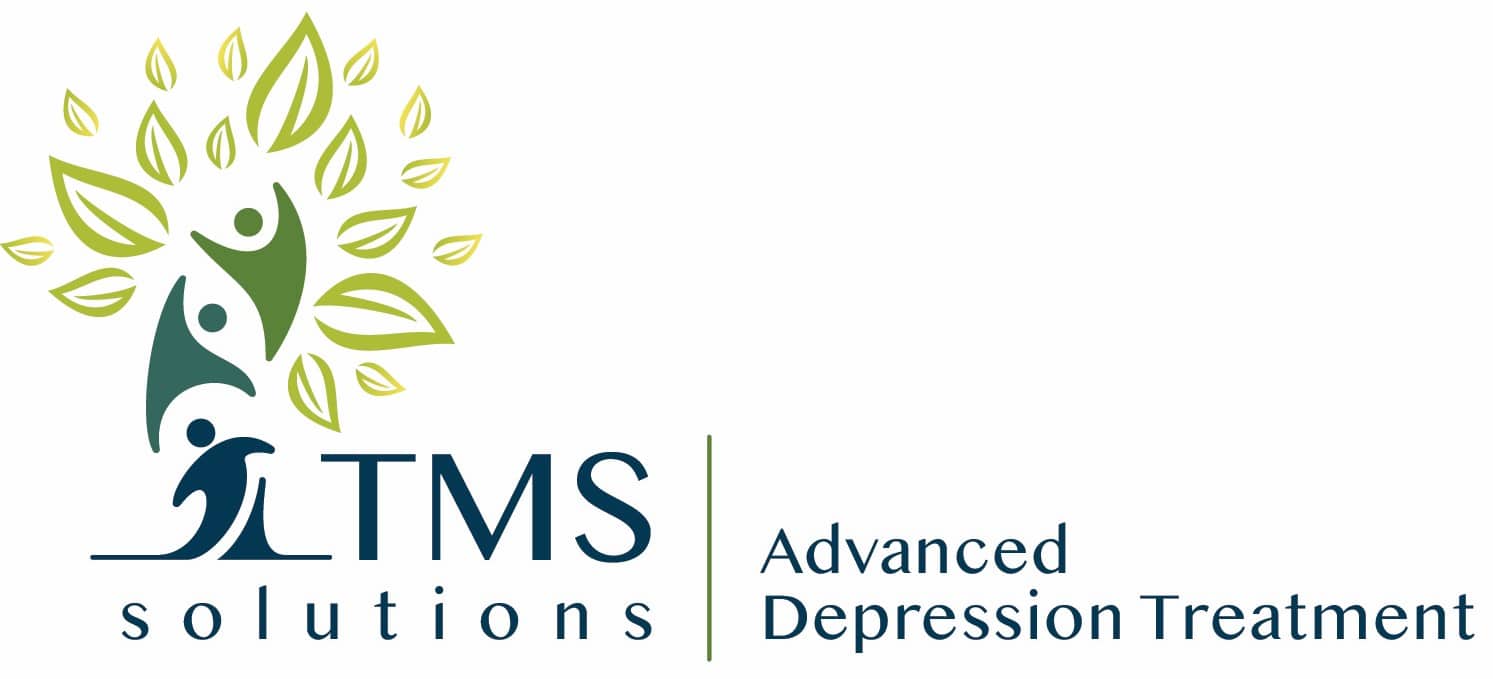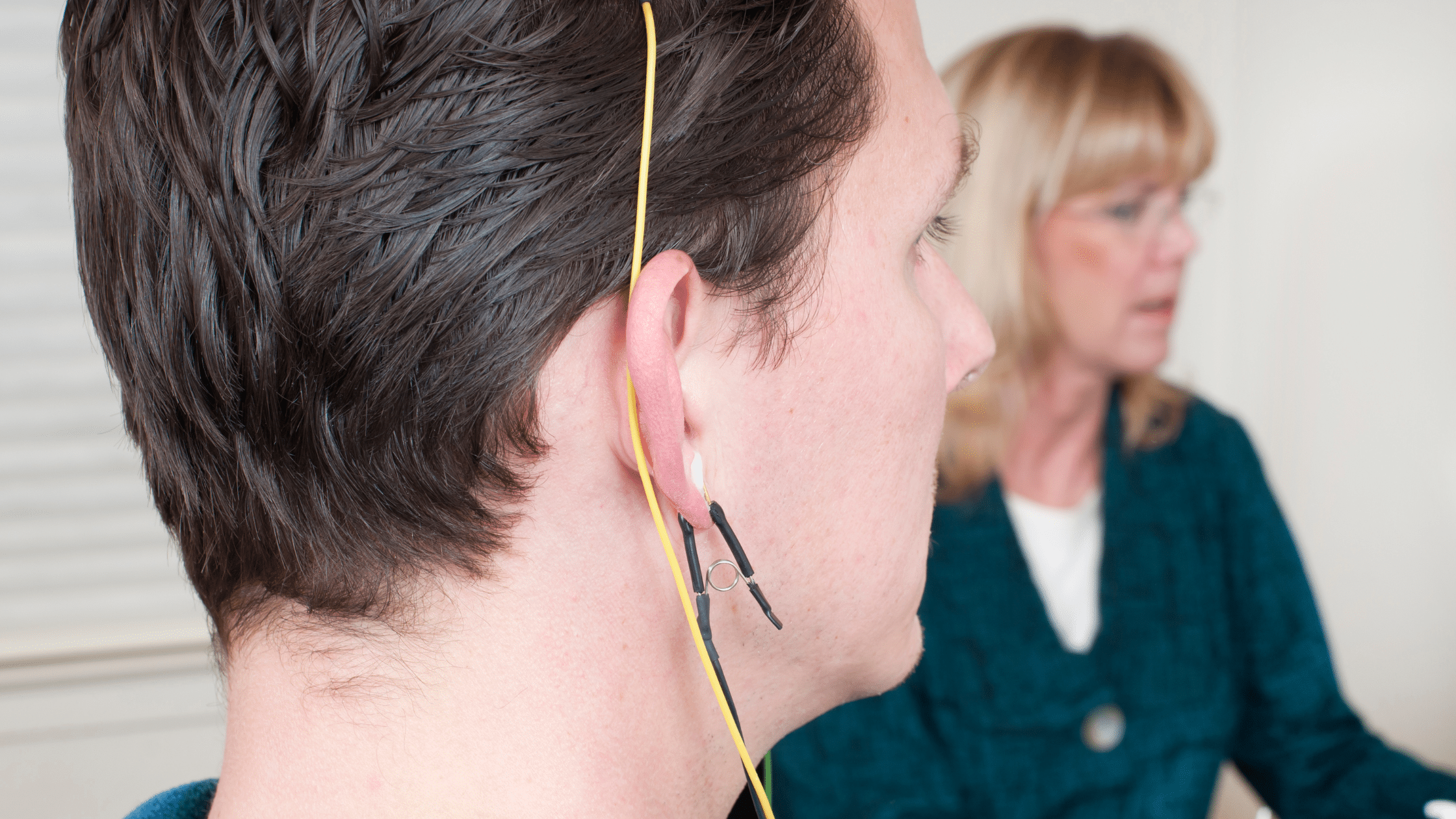Revolutionizing Mental Health
Understanding the Science
Microcurrent Neurofeedback is a groundbreaking therapy that has the potential to revolutionize mental health. This innovative approach aims to address neurological conditions and enhance emotional well-being by utilizing low-level electrical stimulation. Unlike traditional treatments, Microcurrent Neurofeedback offers non-invasive brain training with microcurrents, providing a promising avenue for individuals seeking to improve their cognitive health.
How Microcurrent Neurofeedback Works
Understanding the Science
Microcurrent Neurofeedback works by leveraging low-level electrical currents to influence brain function positively. The gentle stimulation targets specific brain areas, promoting neural regulation and balance. This process aims to retrain the brain’s electrical activity, fostering improved cognitive function and emotional well-being. By utilizing microcurrents, this therapy encourages the brain to self-regulate and manage stress more effectively.
Real-life Applications
- Success stories abound: Countless individuals have witnessed remarkable improvements in their mental health through Microcurrent Neurofeedback. From reduced anxiety levels to enhanced mood stability, these success stories underscore the transformative potential of this therapy.
- Impact on anxiety and depression: Microcurrent Neurofeedback has demonstrated promising results in alleviating symptoms of anxiety and depression. By providing non-invasive neurological intervention, this therapy provides a glimmer of hope for individuals in search of effective anxiety treatment and emotional well-being therapy.
Micro Current Neurofeedback in Texas
Accessing Microcurrent Neurofeedback in Texas
In the state of Texas, individuals have access to cutting-edge Microcurrent Neurofeedback therapy to address a wide range of neurological conditions and cognitive health issues. This non-invasive Neurofeedback therapy has gained recognition for its potential to provide effective brain training with microcurrents. For those seeking this innovative approach, the TMS Center of Mansfield in Texas offers access to qualified practitioners specializing in Microcurrent Neurofeedback therapy. With the availability of this advanced treatment, individuals in Texas can explore non-invasive solutions for various brain-related disorders and cognitive health issues within their local community.
Community Impact
The impact of Microcurrent Neurofeedback on the community in Texas is noteworthy as its popularity continues to grow. Individuals who have undergone this therapy in Texas have shared compelling testimonials about the positive effects they have experienced. These firsthand accounts emphasize the significant benefits of Microcurrent Neurofeedback in addressing neurological conditions and enhancing overall well-being. The growing acceptance and positive outcomes within the Texas community underscore the transformative potential of this innovative therapy.
Conventional vs. Microcurrent Neurofeedback
When comparing treatment approaches, it becomes evident that traditional methods and Microcurrent Neurofeedback differ significantly in their approach to addressing neurological conditions. Traditional treatments often involve pharmaceutical interventions or invasive procedures, while Microcurrent Neurofeedback stands out as a non-invasive therapy for cognitive health. The gentle treatment offered by Microcurrent Neurofeedback, utilizing low-level electrical currents, contrasts with the more aggressive nature of conventional methods.
Regarding effectiveness and safety, research findings consistently highlight the positive outcomes associated with Microcurrent Neurofeedback. This non-surgical therapy has demonstrated its efficacy in promoting neural regulation and improving cognitive function without the potential risks and side effects commonly associated with conventional treatments. Safety considerations further emphasize the non-invasive nature of Microcurrent Neurofeedback, positioning it as a promising alternative for individuals seeking effective and safe neurological intervention.
The comparison between conventional treatments and Microcurrent Neurofeedback underscores the benefits of embracing non-invasive therapy for addressing neurological conditions. As the field of neurofeedback therapy continues to advance, Microcurrent Neurofeedback’s gentle yet impactful approach presents a compelling option for individuals prioritizing both effectiveness and safety in their pursuit of improved cognitive health.
The Promising Future of Microcurrent Neurofeedback
Ongoing Research
As neurofeedback therapy continues to evolve, ongoing research endeavors focus on exploring the full potential of Microcurrent Neurofeedback. Current studies delve into the diverse applications of this innovative approach, aiming to address a wider range of neurological conditions and cognitive enhancement opportunities. Researchers are investigating the mechanisms through which brain training with microcurrents can promote mental fitness and emotional well-being, paving the way for more targeted and effective interventions.
Moreover, developments in technology and neuroscience contribute to the advancement of Microcurrent Neurofeedback. These advancements enable practitioners to refine and customize treatment protocols, enhancing the precision and efficacy of Neurofeedback therapy. The ongoing research not only underscores the growing interest in Microcurrent Neurofeedback but also highlights its promising future as a versatile and impactful tool for optimizing brain function and promoting mental wellness.
Global Adoption
The increasing acceptance of Microcurrent Neurofeedback globally signifies a significant shift in addressing neurological conditions. Efforts to expand access to this therapy have gained momentum worldwide, with healthcare professionals recognizing its potential for revolutionizing mental health care. Countries across the globe are integrating Microcurrent Neurofeedback into their Neurotherapy practices, making strides toward offering non-invasive solutions for individuals seeking cognitive enhancement and emotional well-being.
Furthermore, global initiatives aim to raise awareness about the benefits of Microcurrent Neurofeedback, ensuring that individuals from diverse backgrounds have access to this transformative therapy. The growing global adoption reflects a collective commitment to embracing innovative approaches prioritizing safe, effective, and personalized mental health and cognitive well-being interventions.
Embracing Microcurrent Neurofeedback
Benefits and Considerations
When considering options for enhancing mental health, embracing Microcurrent Neurofeedback offers many advantages. This innovative therapy provides a non-invasive approach to addressing neurological conditions and promoting emotional well-being. The gentle nature of Microcurrent Neurofeedback makes it an appealing choice for individuals seeking effective neurofeedback therapy without the potential side effects associated with pharmaceutical interventions or invasive procedures.
Moreover, the personalized nature of brain training with microcurrents allows for targeted intervention, tailored to individual cognitive health needs. This level of customization enhances the efficacy of the therapy, fostering significant improvements in emotional well-being and psychological wellness. Additionally, individuals exploring this therapy benefit from the holistic approach it offers, addressing both cognitive function and overall mental wellness in a comprehensive manner.
However, various factors must be considered when embracing Microcurrent Neurofeedback. Understanding the treatment process, setting realistic expectations, and ensuring access to qualified practitioners are crucial considerations for individuals looking to begin this transformative path toward improved mental health.
Taking Action
Taking proactive steps toward exploring Microcurrent Neurofeedback involves several key actions. Firstly, individuals should conduct thorough research to comprehensively understand this innovative therapy and its potential benefits for their specific neurological conditions or cognitive health goals. Finding reputable practitioners specializing in Microcurrent Neurofeedback is paramount, as their expertise ensures safe and effective treatment.
Furthermore, scheduling consultations with qualified practitioners allows individuals to gain insights into the personalized approach offered by Microcurrent Neurofeedback and how it aligns with their unique mental health needs. Open communication with practitioners facilitates informed decision-making and sets the stage for a collaborative journey toward enhanced cognitive function and emotional well-being through Microcurrent Neurofeedback.
Conclusion
In conclusion, the potential of Microcurrent Neurofeedback to revolutionize mental health is undeniable. By offering non-invasive neurofeedback therapy and anxiety treatment, this innovative approach provides a promising avenue for individuals seeking effective solutions for their neurological conditions. Encouraging individuals to explore brain training with microcurrents fosters proactive steps toward improving mental well-being and promoting stress management. Embracing the transformative impact of emotional well-being therapy through Microcurrent Neurofeedback signifies a commitment to personalized, safe, and effective interventions for cognitive health. It’s time to take proactive steps toward optimizing brain function and enhancing emotional well-being through the remarkable potential of Microcurrent Neurofeedback.
CALL US DIRECTLY
682-422-3101
2800 E. Broad St. Suite 400 Mansfield, TX 76063
https://www.tmsmansfield.com/


